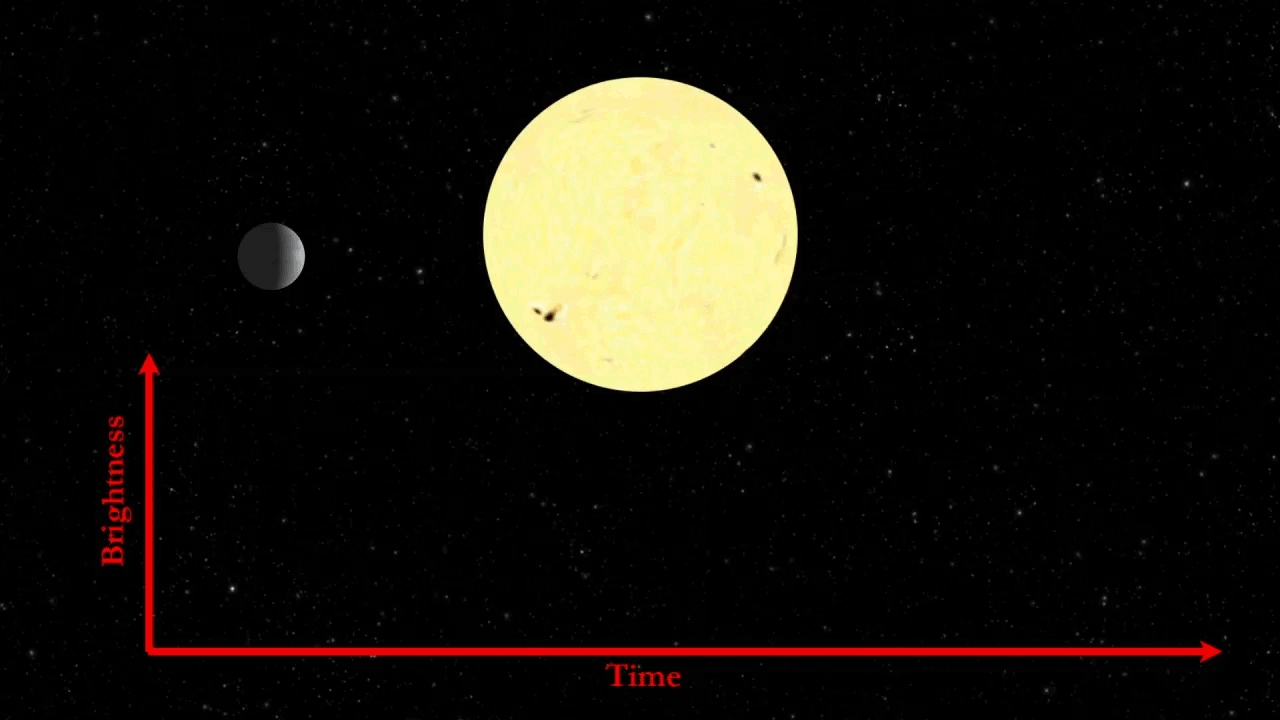


Detecting exoplanets around stars hundreds of light years away is a monumental task. Exoplanets are tiny compared to their parent stars and do not emit any light of their own. The task of detecting them has been compared to “searching for a firefly 6 feet from a searchlight that is 2400 miles distant.” Thus, exoplanets are nearly impossible to image directly. To prove their existence we must utilize indirect observation. Instead of looking for the planet directly, we look for its effects on its parent star. These indirect observation methods include the radial velocity, transit, astrometry, and microlensing methods.
Here at STEPUP, we utilize the transit method to detect exoplanets. A transit occurs when an exoplanet passes between its host star and us, the observer. It is similar to a solar eclipse, when the Moon passes between the Sun and the Earth. During a solar eclipse, the Moon blocks nearly all of the Sun’s light, whereas during an exoplanet transit, the exoplanet blocks only about 1% of its host star’s light. When we observe stars undergoing a transit we obtain what is known as a light curve, a plot of the host star’s brightness over time. An example of this can be seen in the GIF below. When the planet passes in front of the star, its brightness temporarily drops as the planet blocks some of the star's light. In addition to simply showing the existence of the planet, we can use the light curve to calculate properties of the planet. For example, from the depth of the light curve, we can calculate the relative size of the planet to the star and from sequential light curves of the same planet we can determine its orbital period.


To produce a light curve such as the one pictured to the left we remotely control the Keeler 16" telescope located at the Allegheny Observatory from Allen Hall on the University of Pittsburgh's main campus. Using a slew of software we orient the telescope at our target star and set up a several hour imaging sequence to capture the transit. Once we have collected all of the images, we use an IDL procedure originally written by STEPUP founder Melanie Good and built upon by successive members to analyze the data in four main steps. First, it calibrates all of the images to remove as much background noise as possible. Second, it finds the location of the stars in the image so their brightness can be compared from one image to the next. Third, it performs relative photometry, comparing the brightness of our target star to several similar stars in the image, known as reference stars. Finally, it fits a line to the data and plots it which allows us to determine important parameters of the system such as the transit depth and mid-transit time. Seen here is an actual light curve generated by STEPUP members in 2014.